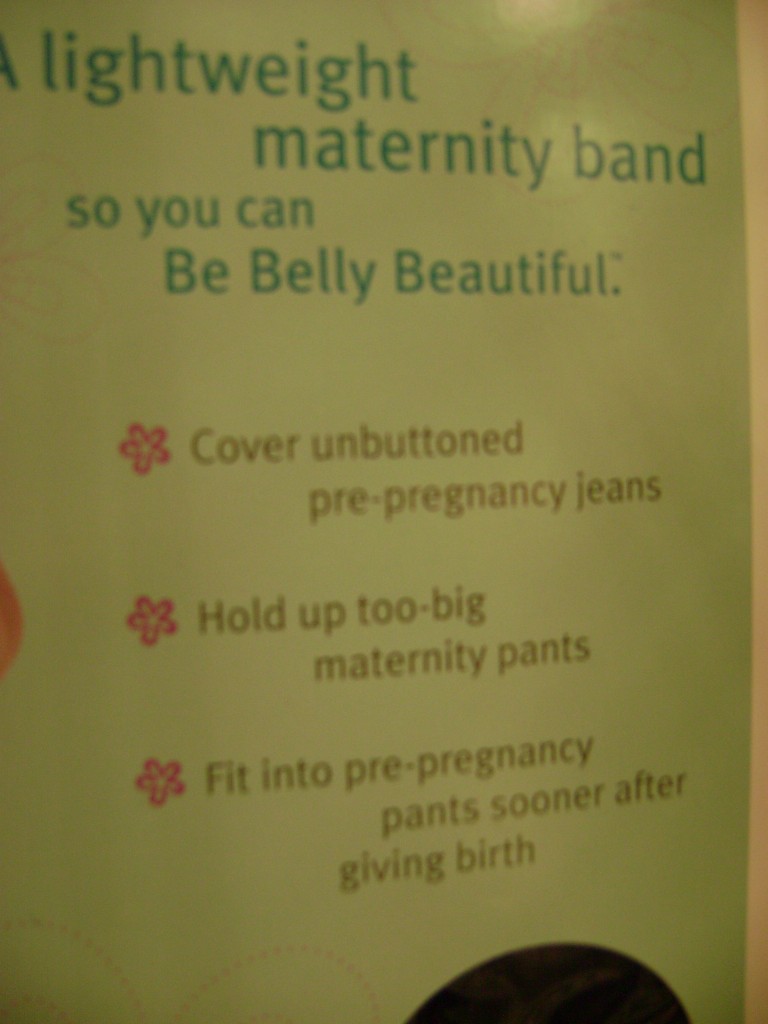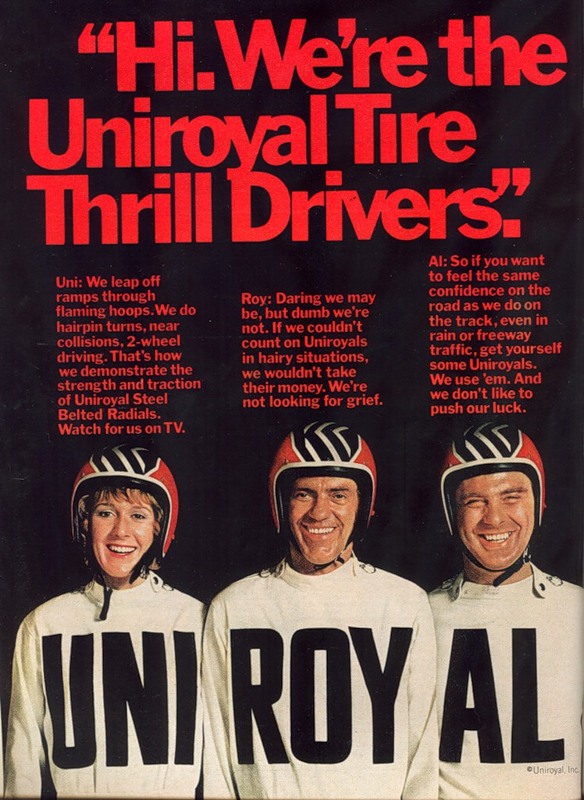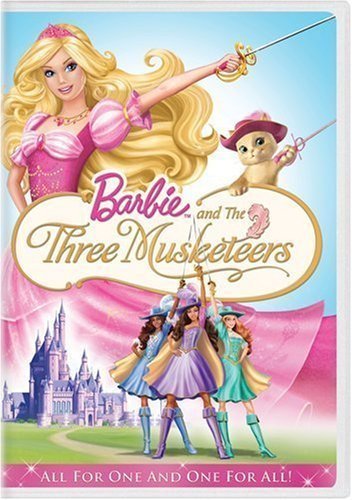Gwen mentioned recently that the real purpose of television wasn’t to entertain you, but to collect a predictable audience that networks could then sell to companies. Commercials. Commercials are the reason that programming exists.
In that light, it’s interesting to see what’s happening on Hulu, a website devoted to watching television programs. Jody and Karyn G. sent in this screen shot of a prompt at the beginning of a show asking, nicely, what kind of “ad experience” she would “prefer”:
First, I think the question is hilarious. “Ad experience” is an awesome euphemism for “effort at manipulation.” And, of course, the real question that is being asked is “Who are you?” Like with Facebook, they need to know.
Second, asking the question is a new tool for marketers made possible by a this new way of delivering programming to one person at a time. Presumably, I am only one person and either a “him” or a “her.” If the marketers can ascertain this, they can target their commercials even more effectively than when they were advertising on Spike TV and during Oprah (because they are only guessing who is watching in those cases, but I’m straight up telling them in this one).
Of course, this all depends on us being predictable and obedient consumers… and I bet some of us very much aren’t.
Lisa Wade, PhD is an Associate Professor at Tulane University. She is the author of American Hookup, a book about college sexual culture; a textbook about gender; and a forthcoming introductory text: Terrible Magnificent Sociology. You can follow her on Twitter and Instagram.








